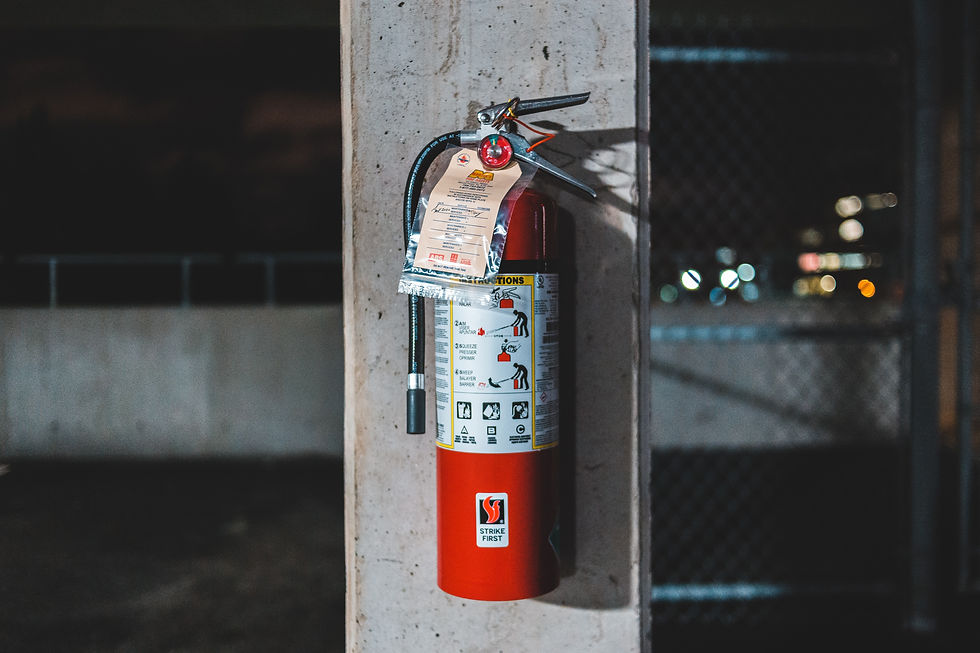Conserve Water Now
- stanhwu2
- Apr 26, 2021
- 3 min read
The latest predictions by the National Drought Mitigation Center (NDMC) and the National Oceanic and Atmospheric Administration (NOAA) show that the western half of the country will continue to face drought conditions this summer.

The lack of significant rainfall during the winter will also adversely impact the drought. California's reservoirs are at historically low levels and conditions are not expected to improve as the snowpack melts. Throughout California, snowpack depths are approximately only 59% of average.
Reduced snowpack levels mean less snow melt will flow to the Colorado River and its tributaries, resulting in plummeting water levels in Lake Mead and Lake Powell. Experts predict Lake Mead's water level could drop below 1,075 feet, which would prompt the first ever water shortage declaration by the federal government. The drop in water level could also impact Hoover Dam's ability to generate electricity and impact businesses and millions of households in Arizona, California, and Nevada.
The persistent drought in the Western United States has prompted states to implement guidelines for reducing water deliveries. Some have also voluntarily begun to reduce their water use. While the steps taken could result on little to no impact for residential water use, the drought will create disastrous effects on farming in the region. Farmers are the first in line to have their water supply restricted or cut off and will face tough decisions like giving up on farming some of their land and laying off employees; thus, sparking a domino effect impacting the entire farming supply chain.
Residents of the states impacted by the drought may not have to deal with water cuts, they will have to deal with a more destructive issue - wildfires. Wildfire risk is expected to increase during the drought as plants and trees dry up and become easily ignited fuel. Residents should expect to be impacted by wildfires at some point during the summer and fall seasons.
What Can You Do?
Every drop of water saved matters! Here are some simple changes to your daily life that can make an impact on water use:
Turn off the faucet while you are brushing your teeth.
Limit showers to 5 minutes or less.
Only run dishwashers and washing machines when they are fully loaded. Choose water saving modes, if available.
Water plants during cool hours of the day.
Water plants once every 3 to 5 days instead of small amounts every day.
Reduce the frequency of car washes. Use a bucket of water and soap to wet and wash the car and quickly rinse the car with a hose.
Sweep patios, decks, driveways, etc. instead of hosing off these areas.
Monitor your water meter (many agencies provide real-time monitoring of your water meter) for leaks and repair leaks as soon as possible.
To further reduce your water use, try these changes:
Switch to water-saving faucet aerators and showerheads.
Faucet aerators can go as low as 0.35 gallons per minute (gpm); we find that 0.5gpm is a good compromise between water flow, water pressure, and water use.
Showerheads are very subjective, we recommend trying different ones to find the one you like. Do not give up on your first (or second, third) try!
Switch to drip irrigation wherever possible.
Switch to dual flush or low flow toilets.
Switch to water-saving high efficiency appliances.
Plant more native drought-tolerant plants and reduce the area covered by grass in your yard.
Prepare yourself for wildfires and other emergencies; check out our blog posts on preparing for emergencies:







Comments